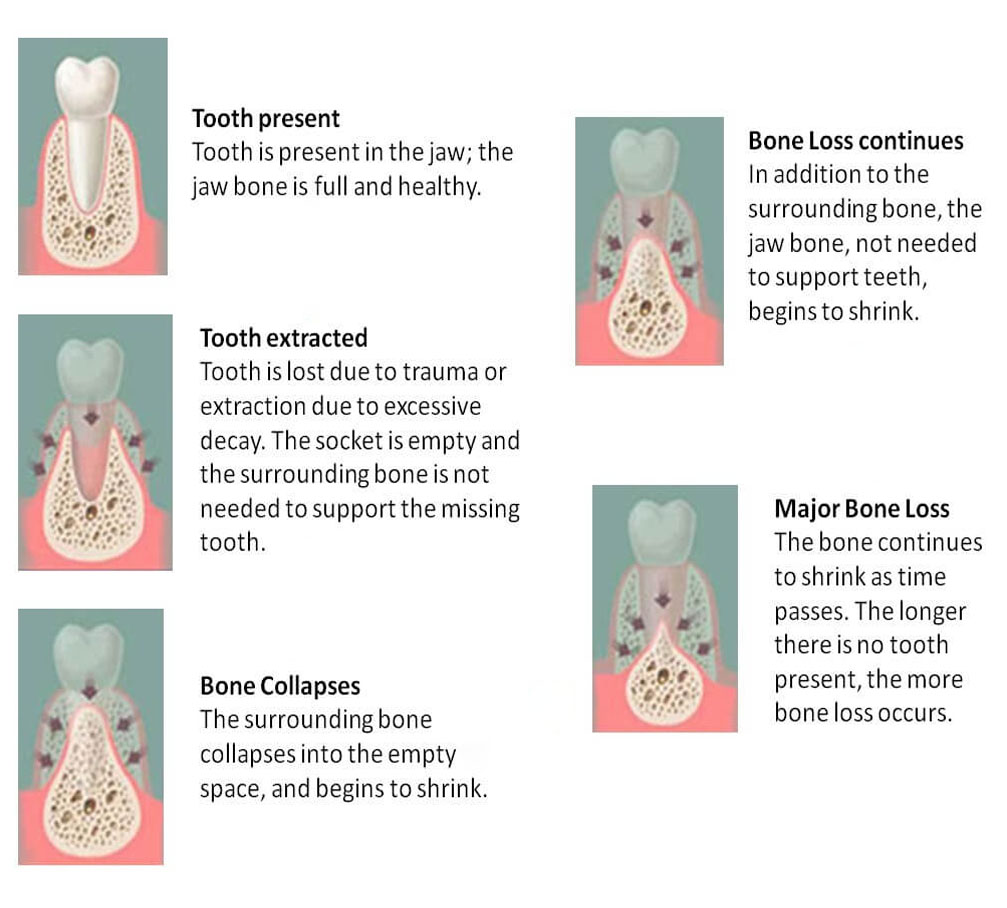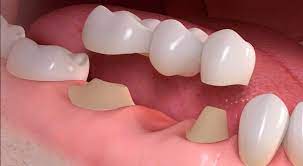
Dentistry has changed dramatically over the last 30 years. Dental implants are the treatment of choice for missing a single tooth or multiple teeth.
Dr. Lee can surgically place implants into the bone to act as tooth root substitutes. If you have adequate bone levels and density, are generally not prone to infection and can maintain stringent oral hygiene – then you’re the perfect candidate for dental implants.
***PLEASE READ*** With so many knock-off brands with little to no research and questionable long term success rates. At Signature Dental, we only restore the highest quality implants from the most reputable companies such as Ankylos, Astra, Hiossen, Nobel Biocare, and Zimmer Biomet .


Preserving Tooth Structures and Bone:
Deciding to get your dental implants at our Upland dental office has many benefits.
A bridge to replace missing teeth have been used for hundreds of years. This involves grinding adjacent teeth to cement a prosthesis which is essentially 3 crowns attached together. But with implants, you don’t have to grind on the neighboring teeth to support a bridge restoration. The adjacent natural teeth are left untouched, a significant long-term benefit to your overall oral health. Why grind on healthy teeth to replace a missing tooth?

Website copyright ©2021 Signature Dental